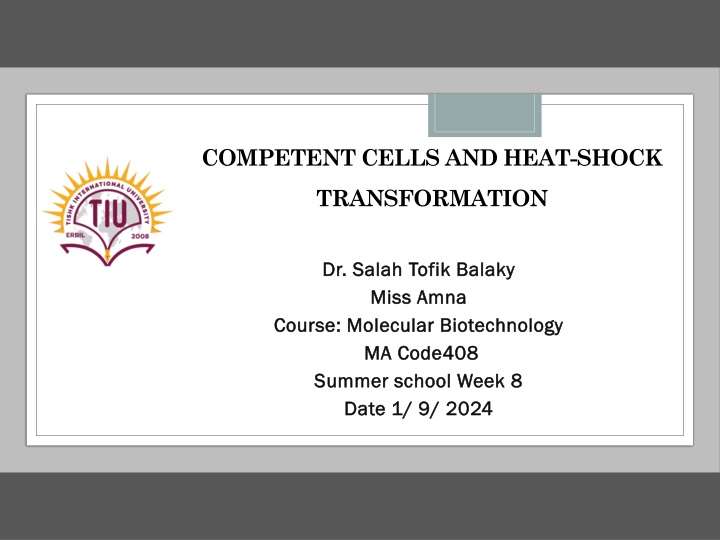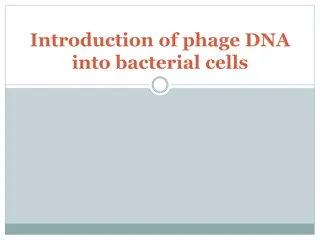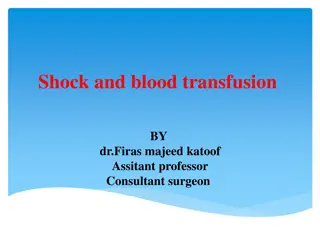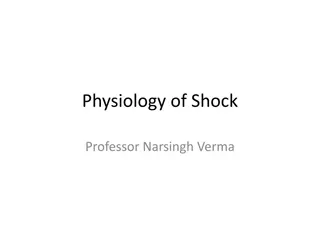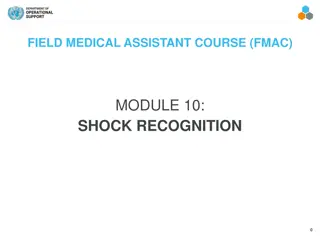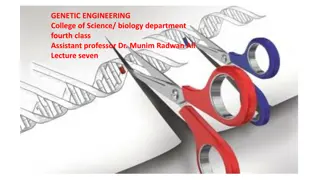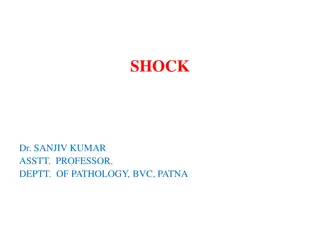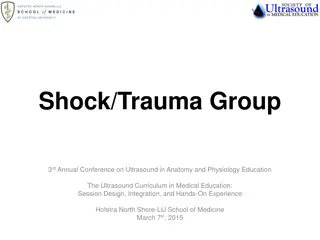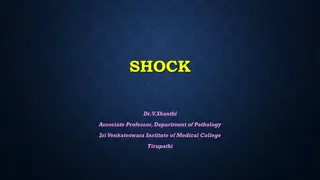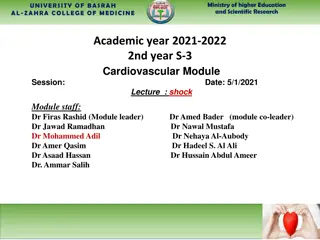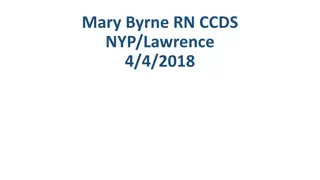Preparation of Competent Cells and Heat-Shock Transformation
Competent cells are crucial for genetic engineering in biotechnology. Learn about natural and artificial competence, how to make cells permeable to DNA, and enhance transformation efficiency.
Download Presentation

Please find below an Image/Link to download the presentation.
The content on the website is provided AS IS for your information and personal use only. It may not be sold, licensed, or shared on other websites without obtaining consent from the author.If you encounter any issues during the download, it is possible that the publisher has removed the file from their server.
You are allowed to download the files provided on this website for personal or commercial use, subject to the condition that they are used lawfully. All files are the property of their respective owners.
The content on the website is provided AS IS for your information and personal use only. It may not be sold, licensed, or shared on other websites without obtaining consent from the author.
E N D
Presentation Transcript
COMPETENT CELLS AND HEAT-SHOCK TRANSFORMATION Dr. Salah Dr. Salah Tofik Miss Amna Miss Amna Course: Molecular Biotechnology Course: Molecular Biotechnology MA Code408 MA Code408 Summer school Week 8 Summer school Week 8 Date 1/ 9/ Date 1/ 9/ 2024 Tofik Balaky Balaky 2024
Preparation of Competent Cells and Heat-Shock Transformation Competent cells are bacterial cells that can accept extra-chromosomal DNA or plasmids (naked DNA) from the environment. The generation of competent cells may occur by two methods: 1. Natural competence. 2. Artificial competence.
Natural competent Natural competent is the genetic ability of a bacterium to receive environmental DNA under natural or in vitro conditions. Natural competence has been reported in many bacterial strains, i.e. B. subtilis, S. pneumonia, N. gonorrhoeae and H. influenza.
Artificial competent Bacteria can also be made competent artificially by chemical treatment and heat shock to make them transiently permeable to DNA. Artificial competence is not coded by the genes of the bacterial cells. It is a laboratory procedure in which cells are passively made permeable to DNA using unnatural conditions.
Artificial competent The procedure of artificial competence is relatively simple and easy and can be used to engineer a bacterium genetically. However, transformation efficiency is very low as only a portion of the cells become competent to successfully take up DNA.
Artificial competence As DNA is a highly hydrophilic molecule, normally it cannot pass through the cell membrane of bacteria. Hence, in order to make bacteria capable of internalizing the genetic material, they must be made competent to take up the DNA. This can be achieved by making small holes in bacterial cells by suspending them in a solution containing a high concentration of calcium. Extra-chromosomal DNA will be forced to enter the cell by incubating the competent cells and the DNA together on ice followed by a brief heat shock that causes the bacteria to take up the DNA.
Reagents Required and Their Role 1. Luria-Bertani Broth: LB broth is a rich medium that permits fast growth yields for many species including E. coli. 2. Calcium Chloride: Calcium chloride transformation technique is the most efficient technique among the competent cell preparation protocols. It increases the bacterial cell s ability to incorporate plasmid DNA, facilitating genetic transformation. 3. Polyethylene Glycol: PEG is a polyether compound having many functions. In this case, it helps in shielding the negative charges present on the DNA and host cell membrane and lowering of repulsion.
4. Dimethyl Sulfoxide: DMSO brings together the reagents that have been added during the reaction. It also acts as a preserving agent as the prepared competent cells need to be stored at 80 C for a longer period without losing their viability. 5. MgCl2: MgCl2 acts in the same way as does CaCl2. It induces the ability of the cells to take up DNA by altering the permeability of the membranes.
Preparation of competent cells By CaCl2 Treatment 1. Inoculate the E. coli culture into the LB medium and incubate at 37 C for 24 h with vigorous shaking at 180 rpm. 2. Aliquot 0.5 ml of the grown culture into 50 ml of LB in a 200-ml conical flask. Prewarm the broth to 37 C. 3. Incubate at 37 C with shaking at 180 rpm till the OD600 reaches to 0.35 0.4. then chill the culture on ice. 4. Transfer the culture to a centrifuge tube and collect the cell pellets by centrifugation at 6000 rpm for 5 min at 4 C. Discard the supernatant. 5. Resuspend the cell pellets in 20 ml of an ice-cold 50-mM CaCl2 solution. Incubate the resuspended cells on ice for 20 min. 6. Collect the cell pellets by centrifugation at 6000 rpm for 5 min at 4 C. 7. Resuspend the cells with 2.5 ml of ice-cold 50-mM CaCl2. Optionally, if required to store the competent cells for a longer period, resuspend the cells with 2.5 ml ice-cold 50-mM CaCl2 containing 10% glycerol. 8. Use 100 l of the prepared competent cells for transformation. 9. Dispense the competent cells into aliquots of 100 l and store them at 80 C for further use.
For Heat-Shock Transformation 1. Thaw 50 100 l of competent cells carefully on ice. 2. Add 1 l of plasmid solution (concentration 1 g/ l) to 100 l of competent cells. 3. Incubate the cells on ice for 30 min. 4. Quickly transfer the tubes to a water bath previously set at 42 C. Incubate for 1 min, and then quickly transfer to ice. 5. Add 1 ml LB broth medium to the tube and Incubate at 37 C for 30 min to 1 h. 6. Streak out 50 500 l of culture onto plates containing suitable antibiotic markers. 7. Observe the number of colonies grown on the plates after successful transformation
Next lab Production of Antibiotics
